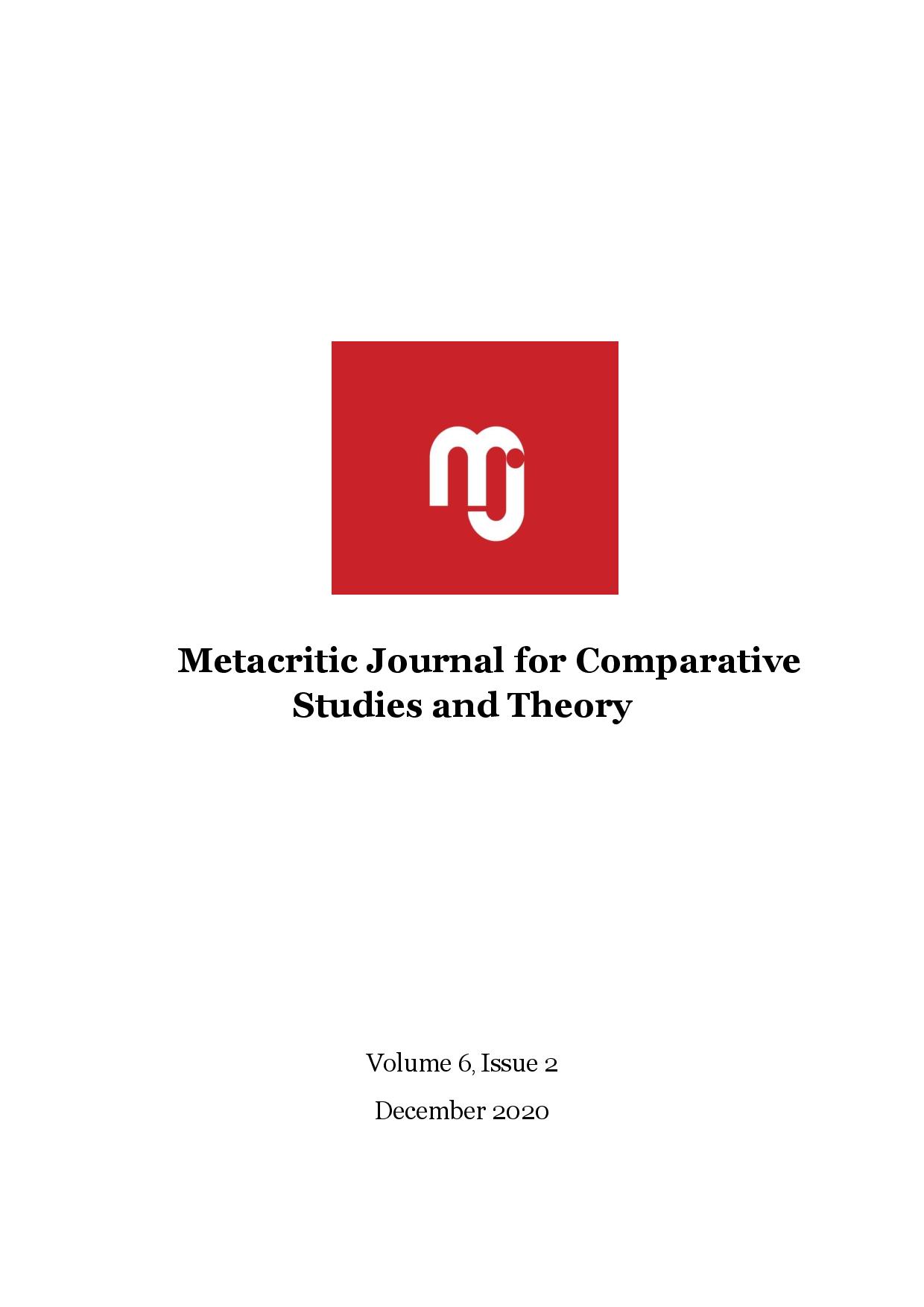Translations of Novels in the Romanian Culture during the Long Nineteenth Century (1794-1914): A Quantitative Perspective
Translations of Novels in the Romanian Culture during the Long Nineteenth Century (1794-1914): A Quantitative Perspective
Author(s): Ştefan BaghiuSubject(s): Language and Literature Studies, Studies of Literature, Translation Studies
Published by: Universitatea Babeş-Bolyai
Keywords: novel; translation; World Literature; quantitative studies; nineteenth century;
Summary/Abstract: This article uses quantitative methods to provide a macro perspective on translations of novels in Romanian culture during the long nineteenth century, by modifying Eric Hobsbawm’s 1789-1914 period, and using it as spanning from 1794 (the first registered local publishing of a translated novel) to 1918 (the end of the First World War). The article discusses the predominance of the French novel (almost 70% of the total of translated novels), the case of four other main competitors in the second line of translations (or the golden circle, as named in the article: German, English, Russian, and Italian), the strange case of the American novel as a transition zone, and the situation of five other groups of novels translated during the period (the atomizing agents: the East European, the Spanish, the Austrian, the Nordic, and the Asian novel).
Journal: Metacritic Journal for Comparative Studies and Theory
- Issue Year: 6/2020
- Issue No: 2
- Page Range: 87-106
- Page Count: 20
- Language: English

